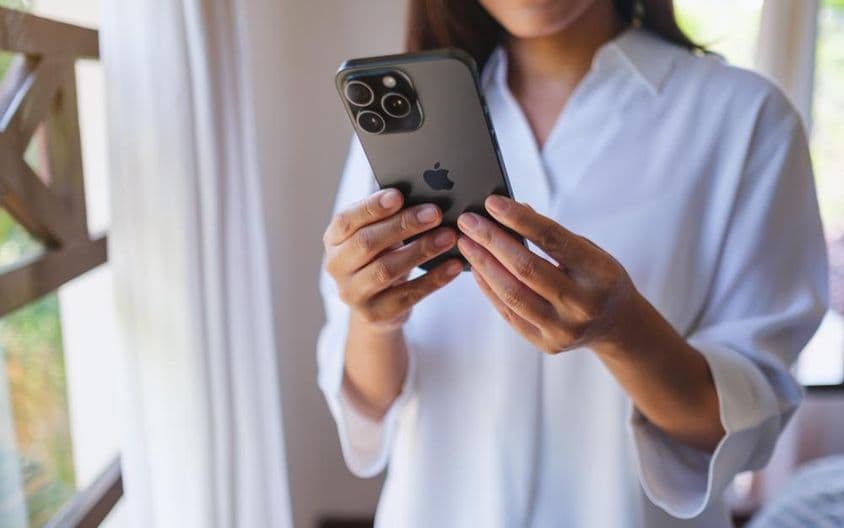UAE: Leading Digital Society with Mobile Phones

Mobile Phones in Every Hand: UAE's Digital Society Snapshot
According to the World Bank's latest 2025 Global Findex report, the United Arab Emirates (UAE) is one of the three countries where every adult resident owns a mobile phone. This remarkably high penetration rate is only mirrored in Norway and Libya, making these three nations the only ones globally with complete mobile phone ownership among adults.
The Limits of Digital Access
In most developed countries, the rate of mobile phone ownership exceeds 90%, with nations such as Sweden, Finland, Denmark, or Estonia reaching around 99%. In contrast, developing countries like India (66%), Pakistan (63%), and the Philippines (78%) are significantly lagging behind.
The example of the UAE aptly demonstrates how access to digitalization, the development of infrastructure, and the population's openness to technology can elevate device usage to a level that remains an unrealistically long-term goal for other countries.
More Than Just a Phone: Mobile Devices as a Lifestyle
The mobile phone has evolved from being merely a communication tool to becoming a central element of everyday life. The World Bank emphasized that most people use their phone at least once an hour, whether for calls, messaging, reading the news, conducting business transactions, engaging with social media, making payments, or even entertainment.
The UAE's population particularly embraces this mobile lifestyle: according to the 2025 Global Digital Shopping Index, the country leads the world in the proportion of purchases made via mobile phones—37% of all transactions occur on mobiles. This surpasses Singapore (34.8%), the United Kingdom (27.6%), and Brazil (24.4%).
Mobile Usage in Shopping and Food Ordering
Beyond digital shopping, UAE residents use their mobile phones for payments, transport services, and food ordering. According to a study by Pymnts Intelligence and Visa Acceptance Solutions, in 2024, 67% of people last purchased a product in a store using a mobile device—a 23% increase since 2022. Additionally, 38% made purchases online with home delivery.
The Syrve Mena survey indicates that 75% of mobile orders processed by the region's restaurants occurred through platforms like HungerStation, Talabat, or Deliveroo, with only the remaining 25% going through their own apps, call centers, or websites. This reveals that the mobile phone has become not only a personal communication tool but also the primary channel for accessing services.
The Future is Now
The UAE's digital strategy has resulted in an ecosystem where mobile technology is actively present at all levels of life: from shopping to transportation, from food ordering to administration. This model is not just the result of technological sophistication but also the close collaboration between government, market, and user entities.
The example of the United Arab Emirates shows what happens when a society not only accepts technological innovations but actively integrates them into daily life—thus not only keeping pace with the world but also surpassing it in many respects.
(Article source: World Bank's 2025 Global Findex report.)
If you find any errors on this page, please let us know via email.


